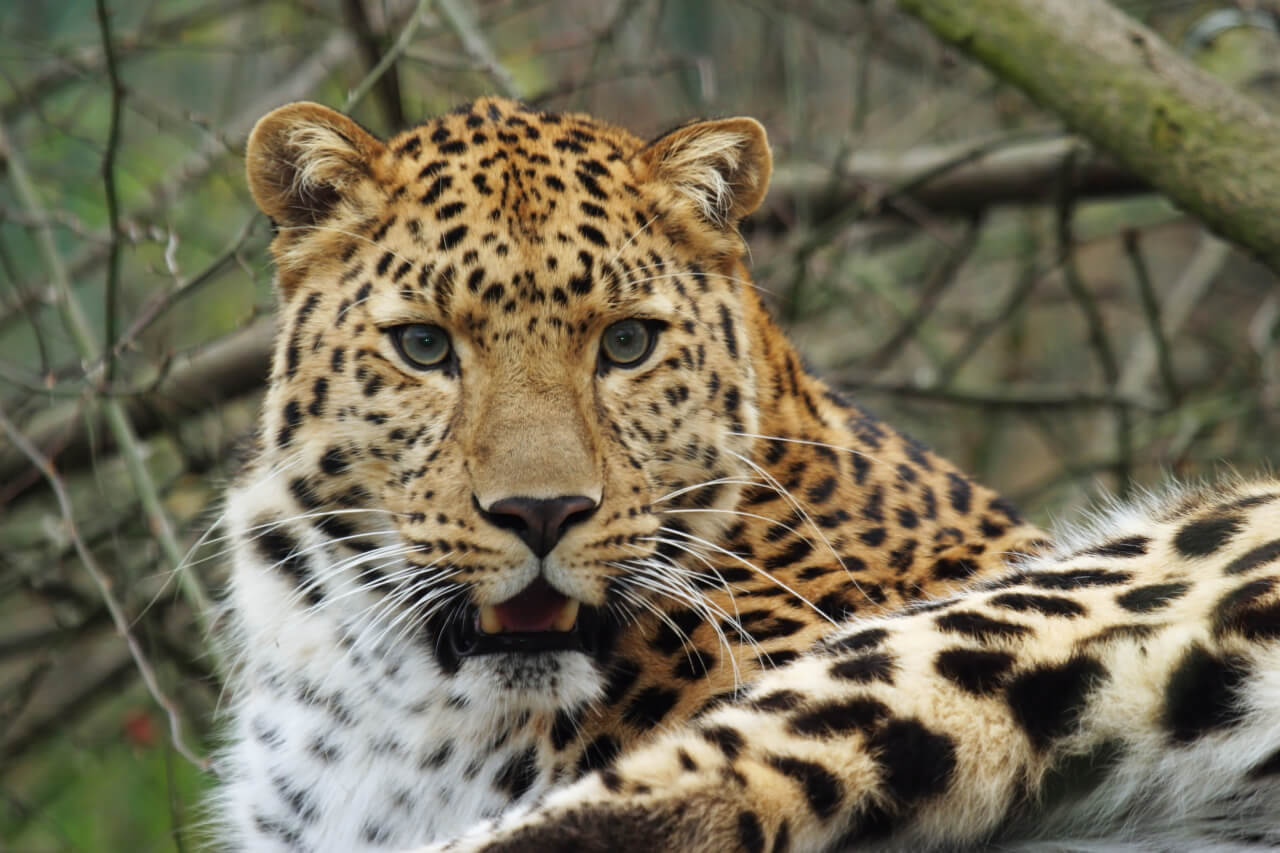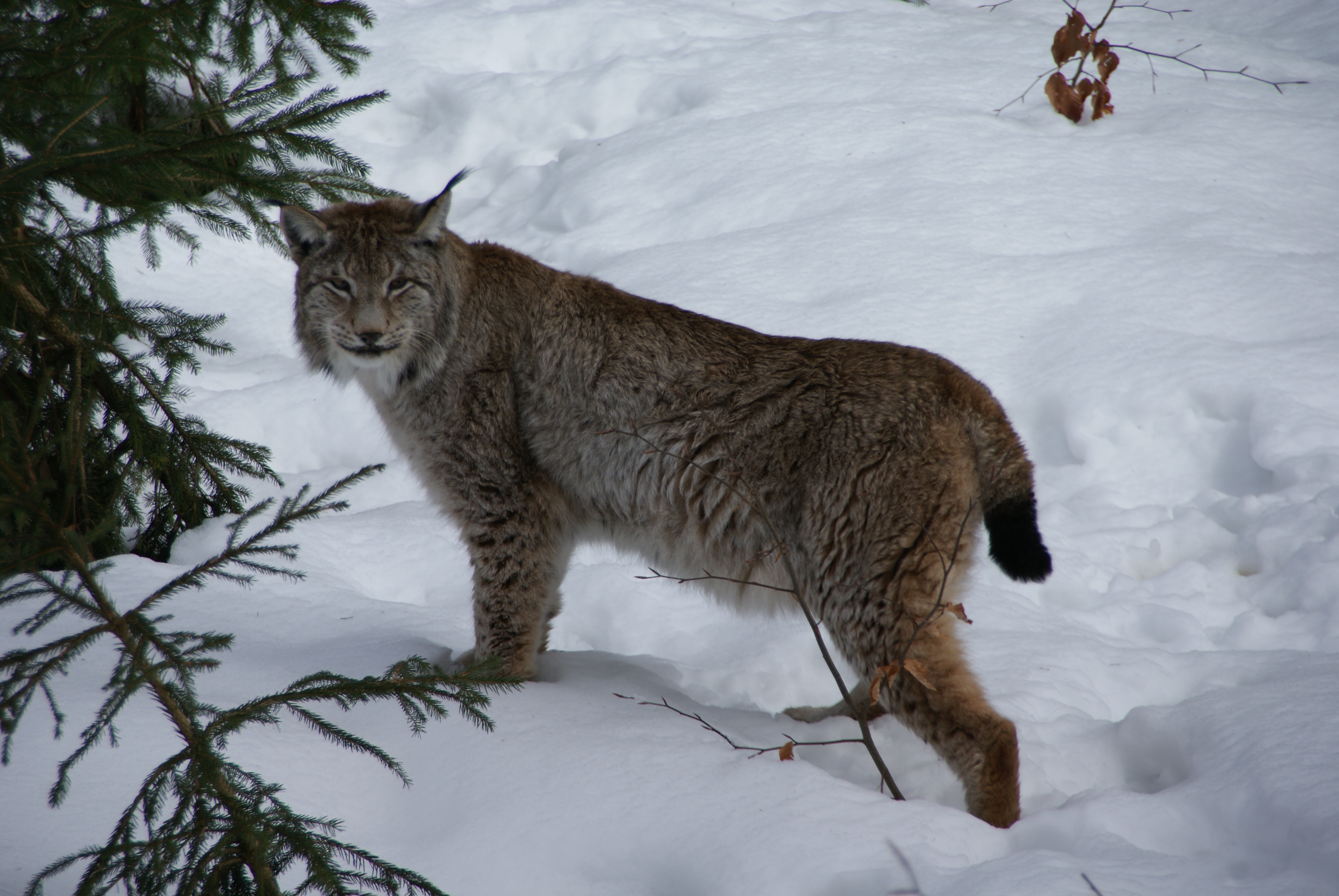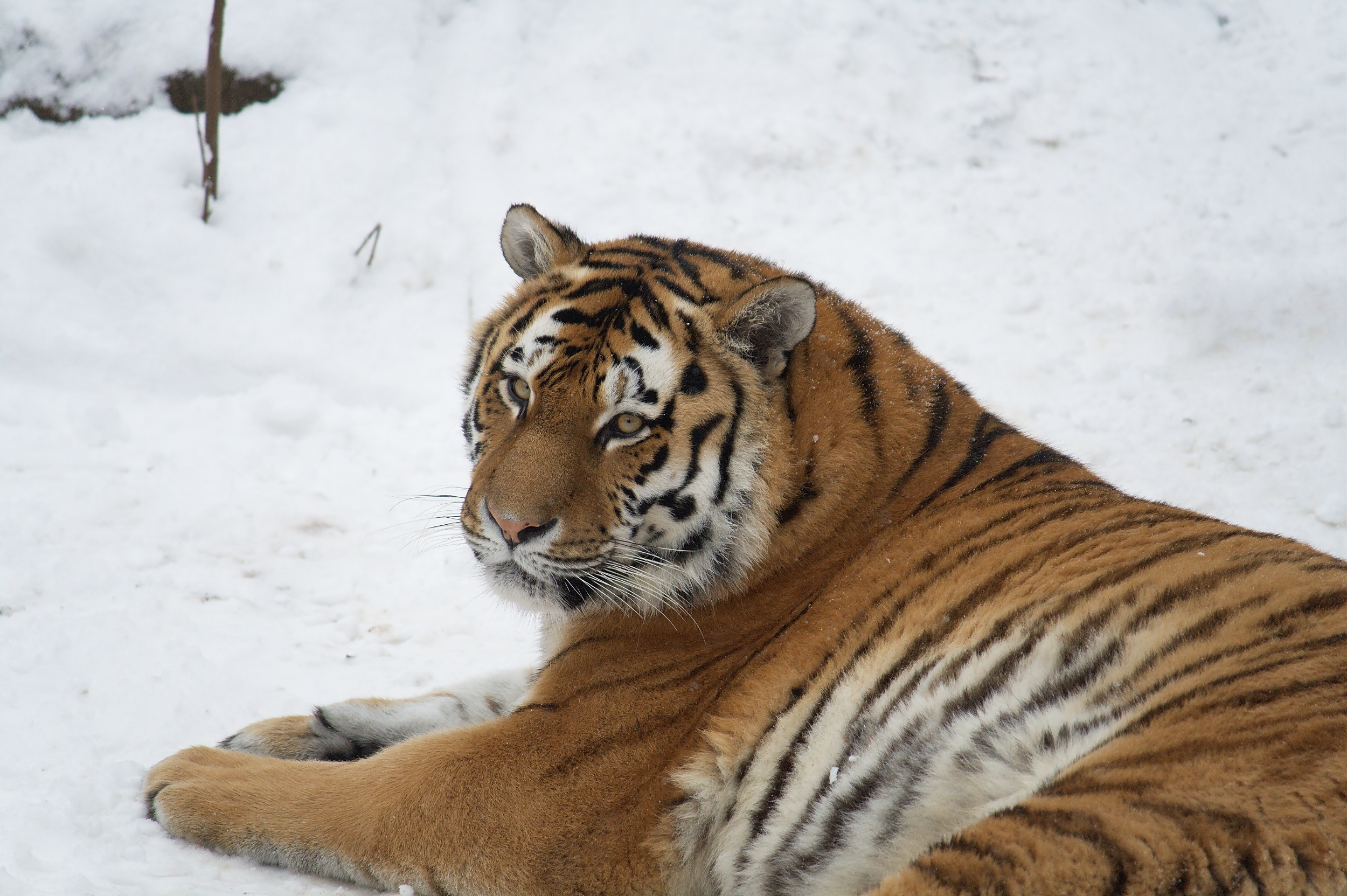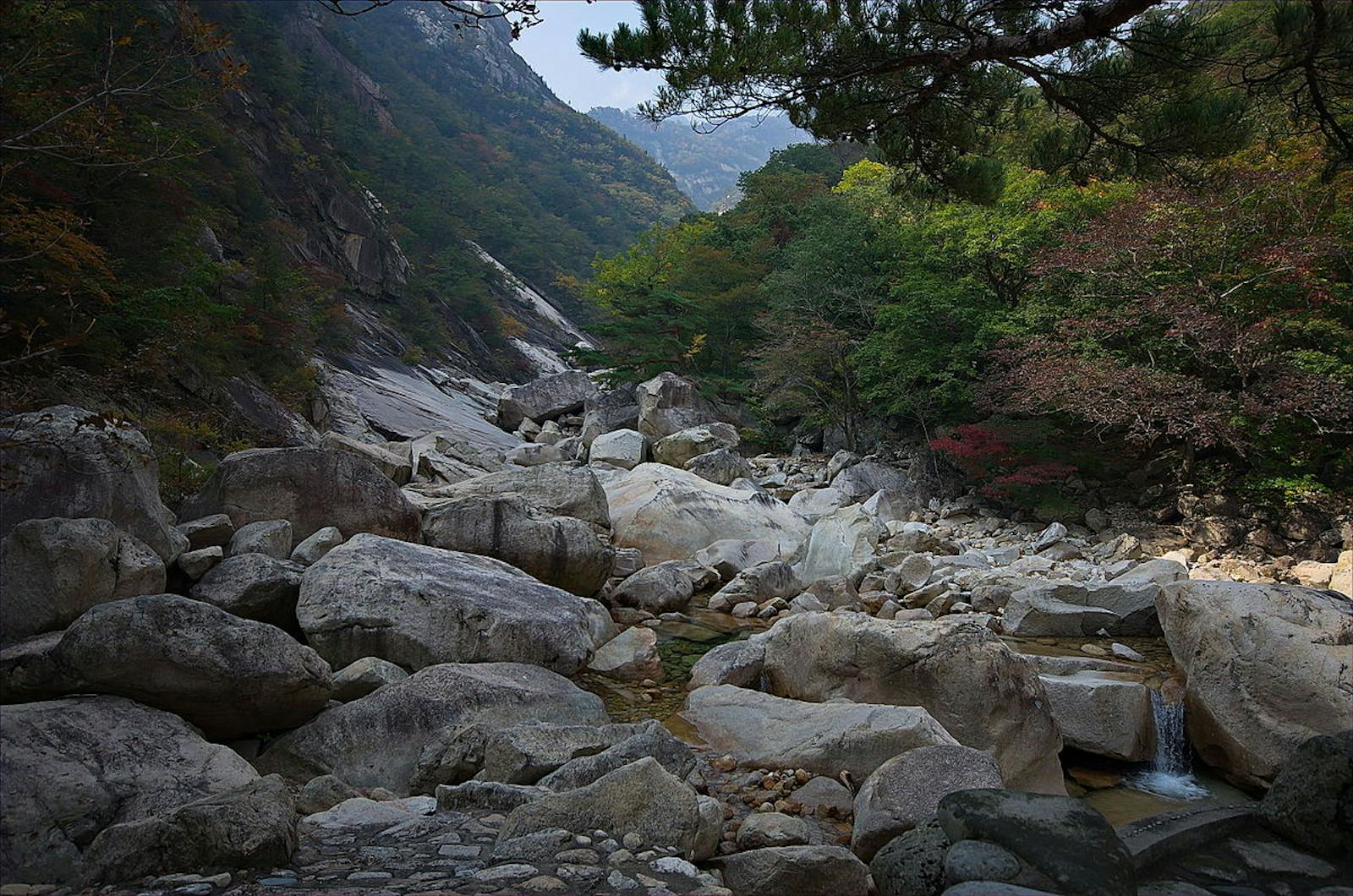Manchurian Mixed Forests
The ecoregion’s land area is provided in units of 1,000 hectares. The conservation target is the Global Safety Net (GSN1) area for the given ecoregion. The protection level indicates the percentage of the GSN goal that is currently protected on a scale of 0-10. N/A means data is not available at this time.
Bioregion: Manchuria-Ussuri Mixed Forests & Meadow Steppes (PA46)
Realm: Eastern Eurasia
Ecoregion Size (1000 ha):
50,515
Ecoregion ID:
669
Conservation Target:
26%
Protection Level:
5
States: China, Russia, North Korea, South Korea
Mixed forest of conifers and broad-leaved trees extend from low hills and volcanic uplands at the base of the Korean Peninsula, northwards into Chinese Manchuria, and across the Amur (Heilong) River to the Russian Far East. The Manchurian Mixed Forests ecoregion is one of the most biodiverse in northeast Asia. It supports critical populations of two big cats, the endangered Siberian (Amur) tiger, and the critically endangered Amur leopard.

The flagship species of the Manchurian Mixed Forests ecoregion is the amur leopard.
The Manchurian Mixed Forests ecoregion is affected by a cold continental airflow from interior Asia that brings dry, frigid conditions during winter with a mean temperature of 15° C during the year's coldest month. An attenuated summer monsoon flow from the western Pacific brings abundant rain and mild temperature during summer. Annual precipitation throughout the region is about 500 to 1,000 mm, with most rain during the summer and fall.
Forests at 500 to 1,000 m elevation include both coniferous and broadleaved species. Conifers of the Manchurian mixed forests include the tall, straight-trunked Korean pine, Manchurian fir, and Siberian spruce, which, together with its sibling species, the Norway spruce, is widespread across northern Eurasia. Deciduous broadleaved trees include several species of maple and oak, ash, birch, and Manchurian elm. Korean ginseng, an important medicinal plant once common in the forest understory, is now severely depleted in China, relatively more abundant in the Russian part of the ecoregion.

Eurasian Lynx. Image credit: Creative Commons
The volcano-dammed Jingbo Lake in northern China, meaning “Mirror Lake,” is protected by a nature reserve that supports populations of lynx, Siberian musk deer, and Manchurian wapiti, a distinct subspecies of the elk that ranges across northeast Asia and North America. The Manchurian subspecies of Sika deer, the largest Sika deer, is extirpated in China. However, a stable population of 9,000 individuals survives in the Ussuri broadleaf and mixed forests of the Russian Far East. Sable, a member of the weasel family, is also rare in the Chinese part of this ecoregion, although it is widespread throughout the Palearctic biogeographic realm.
The Siberian tiger, largest of the five tiger subspecies, once ranged across this ecoregion in the Russian Far East, through Manchuria, and southward down the Korean Peninsula. During the 20th Century, Siberian tiger populations plummeted. Current population estimates are not well constrained, but there seems to have been an upward trend over the past decade. 562 individuals, including 100 cubs, were recorded in the Russian Far East at the end of 2015. A few individuals are likely to occur in North Korea as well.

Siberian tiger. Image credit: Creative Commons
As remaining habitat in Russia approaches carrying capacity, there is potential for range expansion into Chinese Manchuria. Currently, China is believed to have about 30 wild Siberian tigers, and the population appears to be increasing gradually.
Sharing a similar fate, the Amur subspecies of leopard was probably extirpated in China by the 1990s, and only about 30 individuals survived in Russia in 2007. The recent establishment of larger, better-protected nature reserves along the China–Russia border, however, has prompted a few Amur leopards to establish territories in China: camera traps record leopards in Jilin and Heilongjiang Provinces. Studies suggest that the Amur leopard population doubled between 2008 and 2015.
In 2016, China launched an ambitious plan to revamp its national park system. As part of this effort, the national government intends to conserve 14,600 km2 of tiger and leopard habitat in the Manchurian mixed forests, an area more than half again the size of Yellowstone National Park. Logging bans in Heilongjiang and Jilin are being supplemented with efforts to develop alternative livelihoods and strategies to mitigate conflict between humans and tigers. Current estimates are 35 tigers and 70 leopards in the candidate conservation area, with the capacity for further population increases.
Special conservation measures are needed to better protect the Siberian tiger, such as buffer zones and corridors to link remnant populations with adequate habitat and access to wild prey. Public awareness campaigns improve local attitudes towards wildlife.
The priority conservation actions for the next decade are to: 1) complete and implement the national park conservation plan; 2) control encroachment into the remaining habitats; and 3) promote transboundary conservation effort among China, Russia, and North Korea.
Citations
- Carpenter, C. 2000. Eastern Asia: Korea, China, and Russia. https://www.worldwildlife.org/ecoregions/pa0426. Accessed April 2019.
- Laguardia, A., Kamler, J. F., Li, S., Zhang, C., Zhou, Z., Shi, K. 2017. The current distribution and status of leopards Panthera pardus in China. Oryx 51 (1): 153−159. doi:10.1017/S0030605315000988.
- McLaughlin, K. 2016. Can a new park save China's big cats? Science 17 August 2016. Asia/PacificPlants & Animals conservation topic. doi:10.1126/science.aah7201



